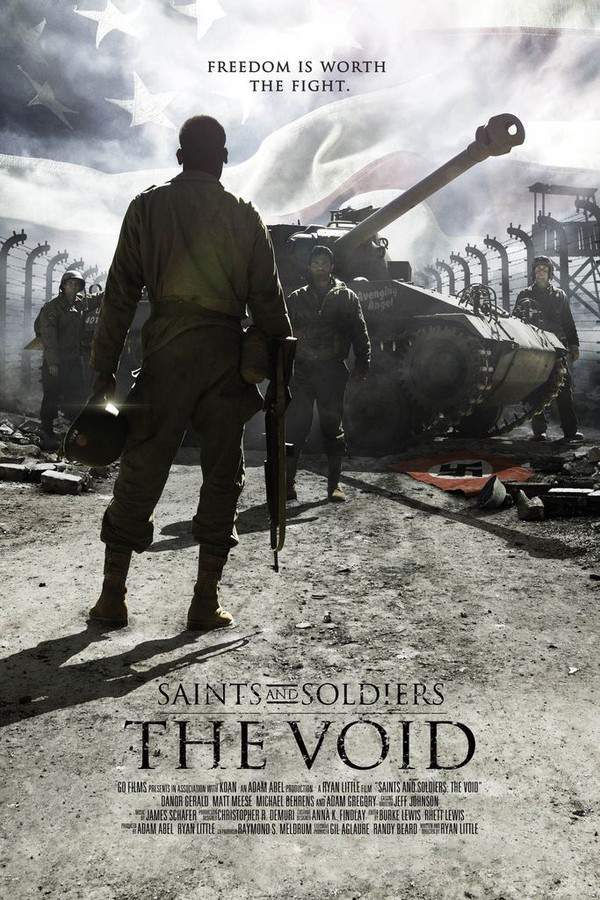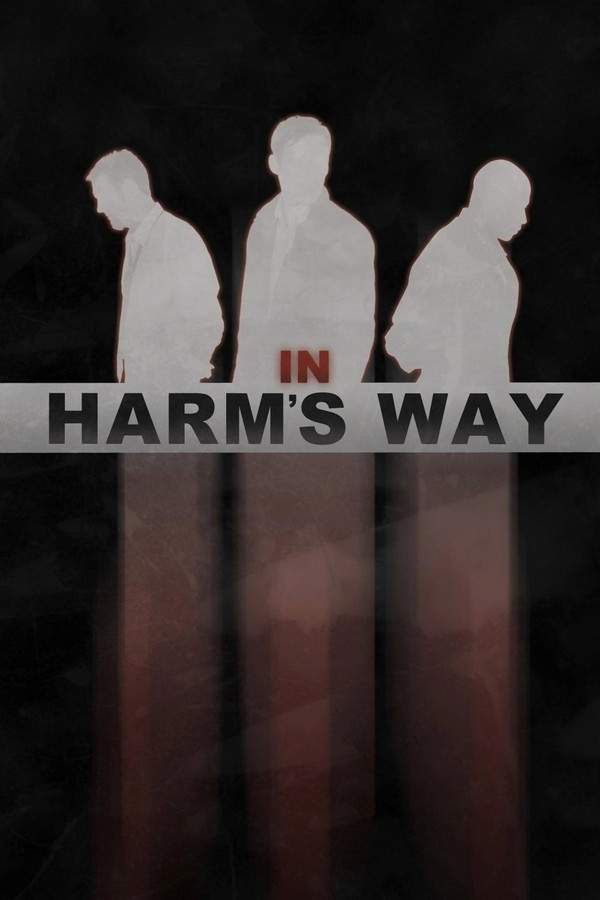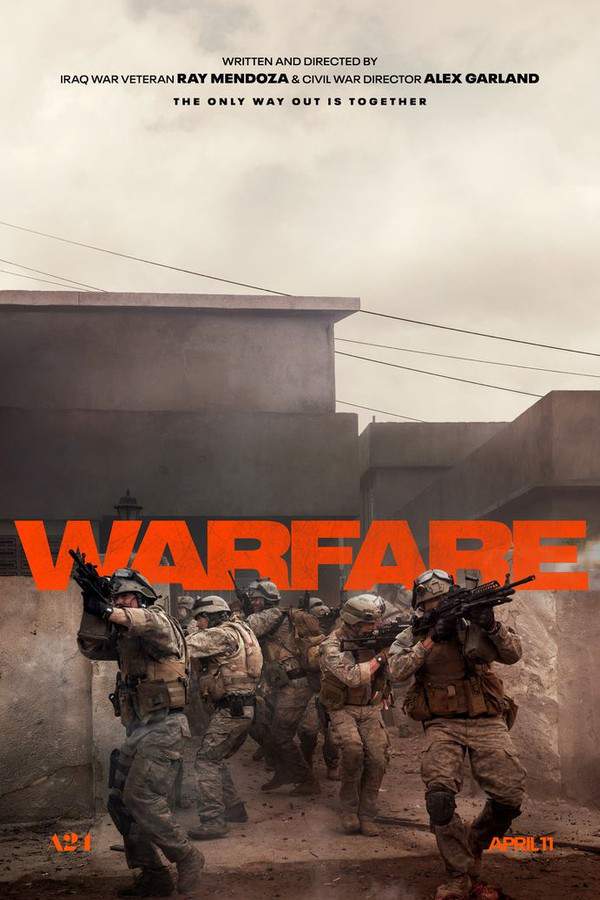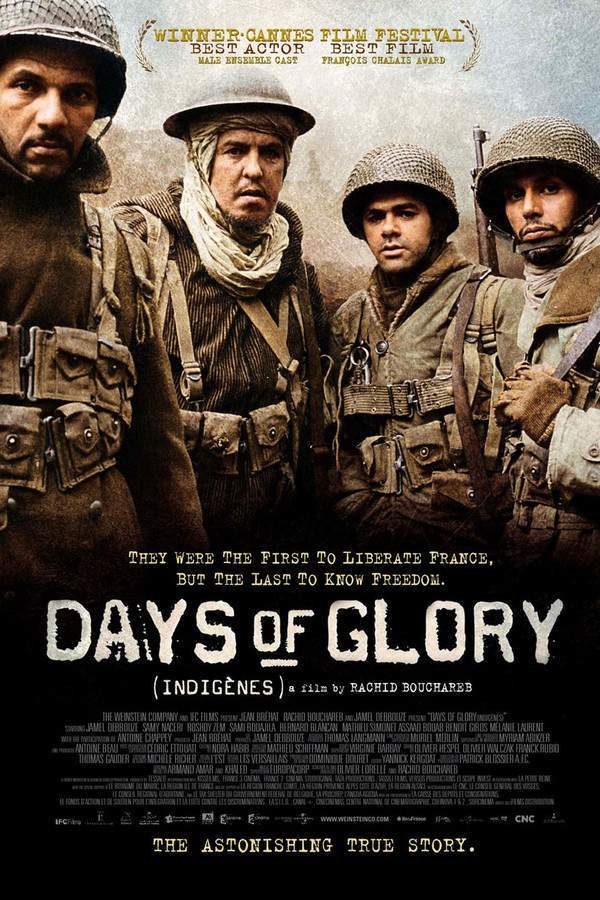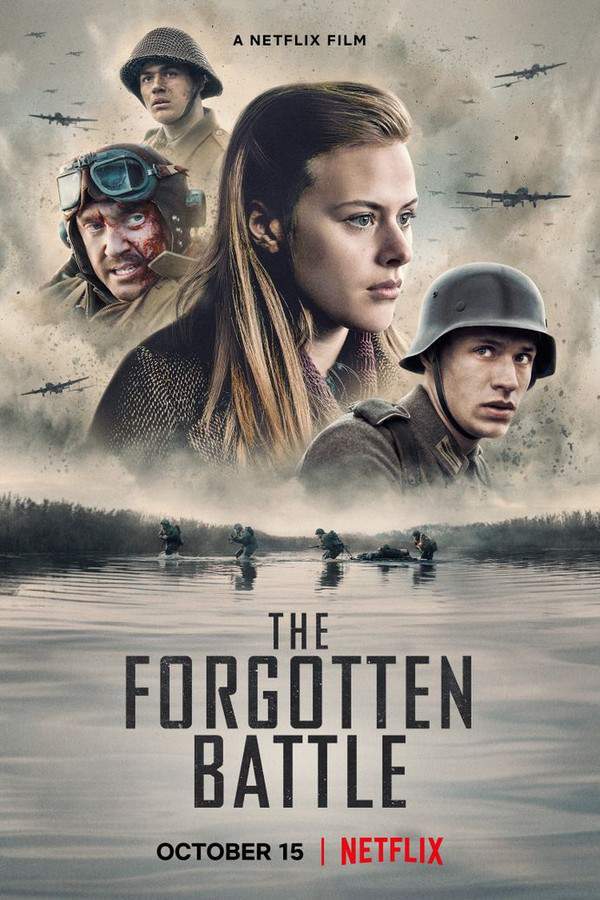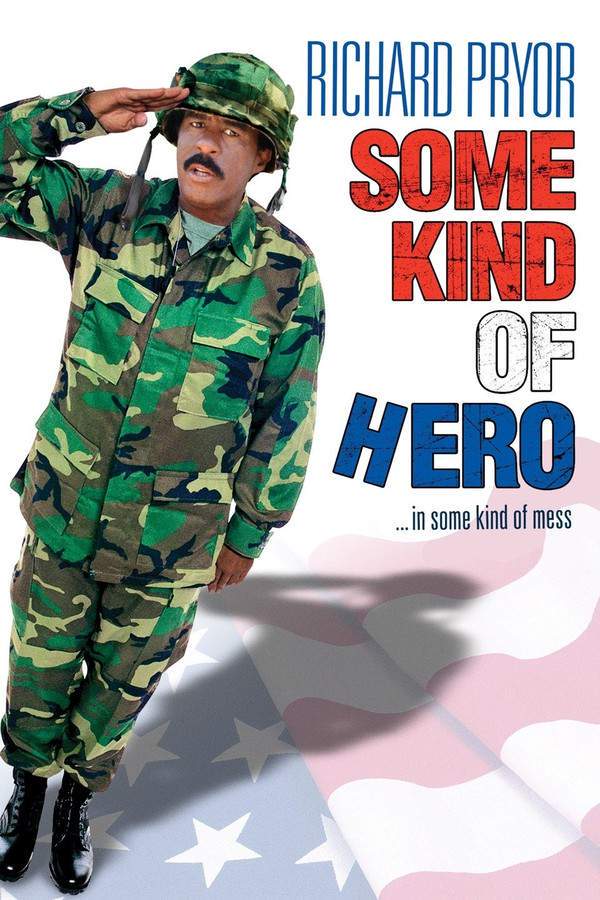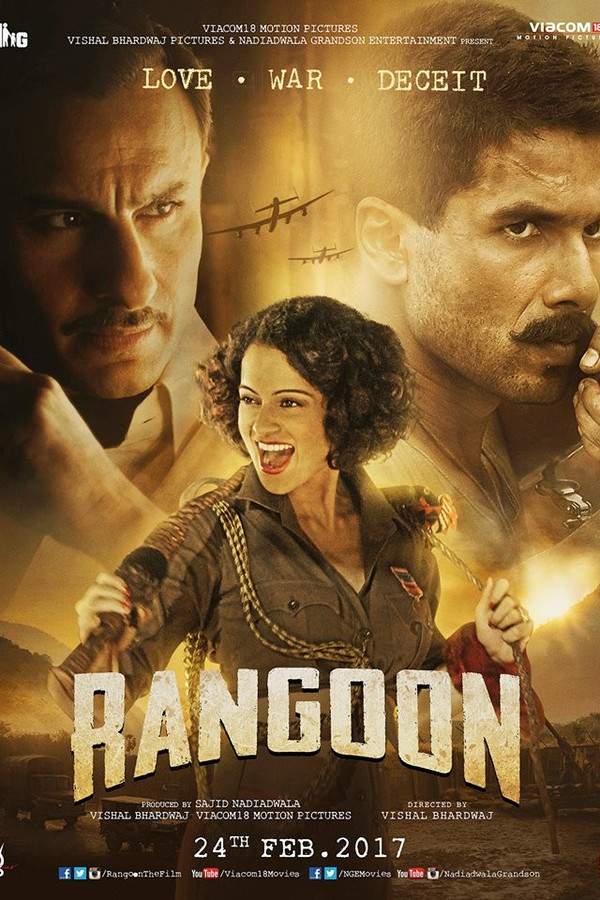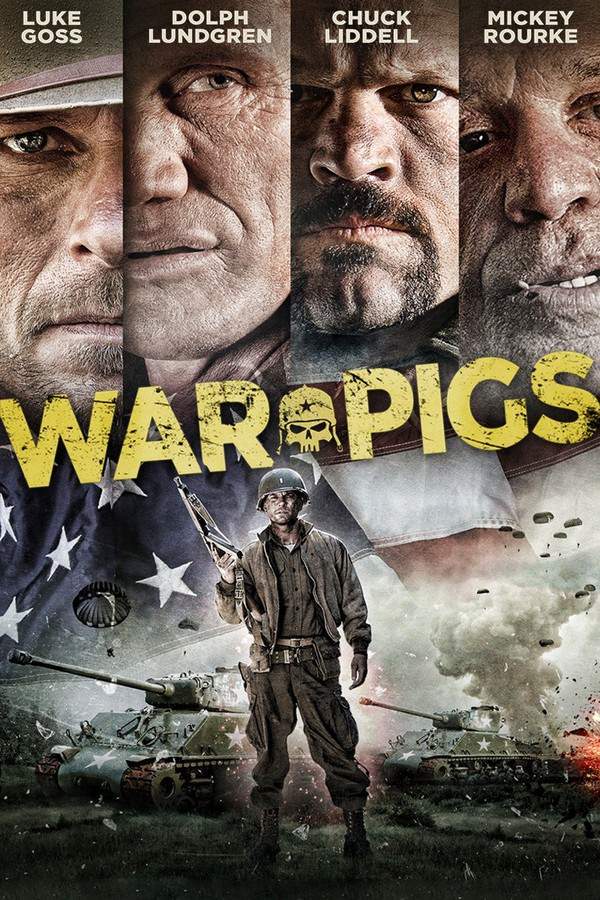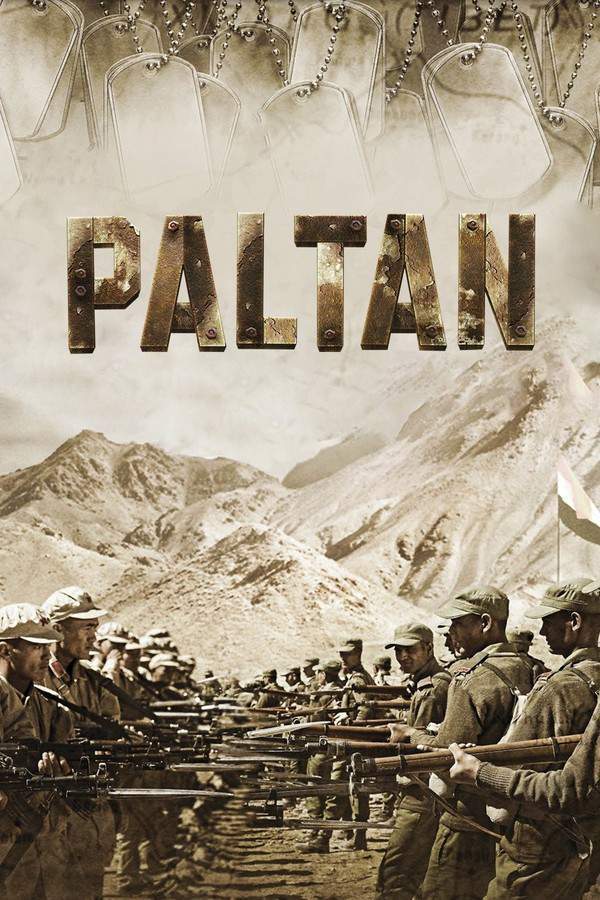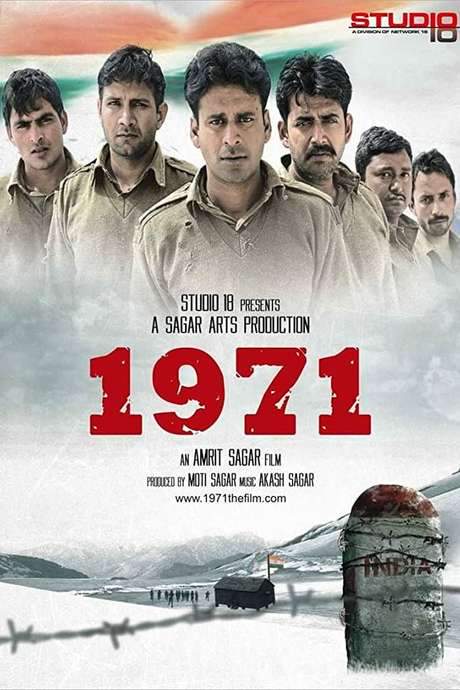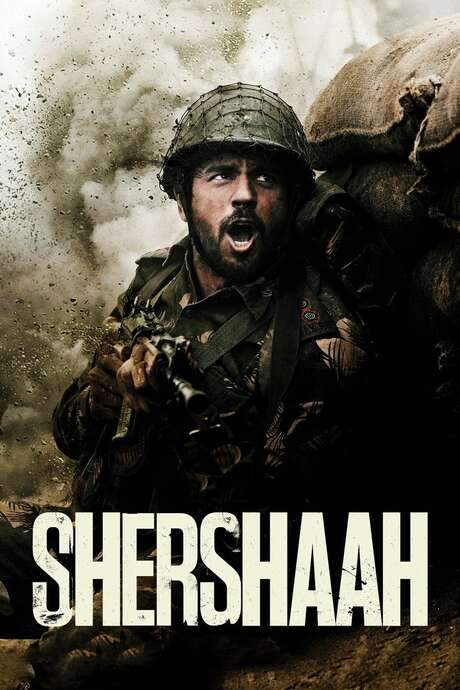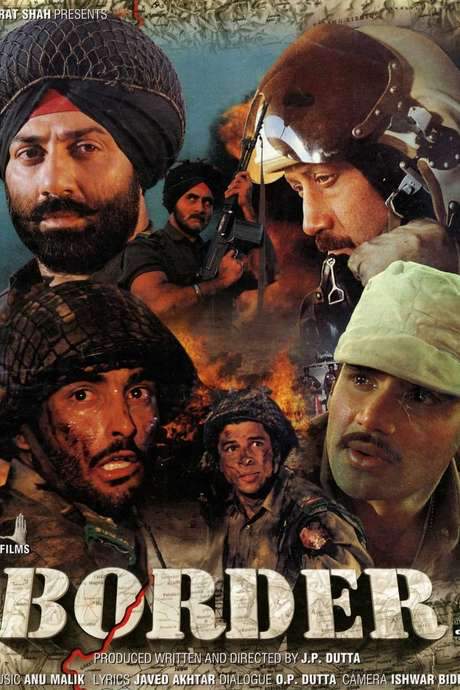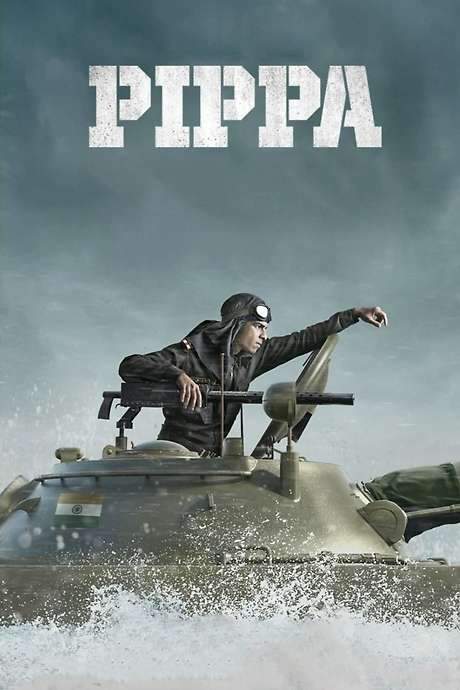
Pippa
In 1971, as a nation finds its voice, this film tells the story of Captain Balram Singh Mehta, a member of India’s 45 Cavalry regiment. Alongside his siblings, he fights on the eastern front during the Indo-Pakistani War. The narrative follows Mehta’s journey as he matures and strives to prove his worth in a conflict aimed at liberating Bangladesh. The film’s title references the Russian PT-76 amphibious tank, nicknamed “Pippa” because it floats like an empty ghee tin.
Warning: spoilers below!
Haven’t seen Pippa yet? This summary contains major spoilers. Bookmark the page, watch the movie, and come back for the full breakdown. If you're ready, scroll on and relive the story!
Pippa (2023) – Full Plot Summary & Ending Explained
Read the complete plot breakdown of Pippa (2023), including all key story events, major twists, and the ending explained in detail. Discover what really happened—and what it all means.
Set against the harrowing backdrop of the 1971 Dhaka University massacre and Operation Searchlight, this sweeping war drama centers on a family pulled into a country-wide struggle for freedom and survival. Captain Balram Singh Mehta, Ishaan Khatter, is a young, capable officer in the 45th Cavalry regiment, known for his volcanic energy and a knack for finding trouble even as he innovates on the battlefield with the PT-76 tank, nicknamed “Pippa.” His elder brother Major Ram Mehta, Priyanshu Painyuli, is the steadier, more disciplined force in the family, tasked with a dangerous covert mission that stretches far beyond ordinary frontline duties. Their mother Maati, Soni Razdan, and their sister Radha Mehta, Mrunal Thakur, keep the home fires burning in Delhi as the war drums grow louder; Radha, brilliant with cryptography, is recruited into the Communications and Analysis Wing, a signals intelligence unit that decodes enemy messages and helps guide operations.
As war nerves tighten, Major Ram is ordered to slip into East Pakistan under a false identity to train and advise the Mukti Bahini, the local resistance, while Balram stays back to tinker with tanks and devise improvements that could turn the tide. The Army Chief, General Sam Manekshaw, impressed by Balram’s ingenuity and grit, calls him to the front to join his regiment in the fight. The narrative follows Ram’s perilous missions, where he leads daring operations but is eventually captured and subjected to torture; through it all, he endures without breaking, protecting his identity and the secrets he holds.
The tempo shifts to the frontline where Balram’s unit, alongside the 14th Punjab battalion, breaches the border and enters the fray in the fateful Battle of Garibpur. In this brutal clash, Balram must step into command after his squadron commander, Major Daljit “Chiefy” Singh Narang, falls in action. Balram’s leadership is tested under fire as he steers his troops to a hard-won victory, even amid the personal cost that war exacts from those who lead.
Meanwhile, Radha uncovers a crucial thread from intelligence: indications that the United States Seventh Fleet is moving toward East Pakistan, threatening to swing global involvement in the conflict. The urgency accelerates the Indian operations, pressing for a decisive victory and Pakistan’s surrender before foreign intervention can shift the balance of power. A reconnection with the Mukti Bahini leads Balram toward a captured Bengali officer who has defected from the Pakistan Army, revealing a path to Major Ram’s location and a chance to end the suffering of countless Bengali women held as sex slaves.
A tense convergence follows: Indian troops locate the camp, mount a rescue, and free Major Ram from captivity just as a fierce confrontation erupts. The camp is overrun, many of the enslaved Bengali women are freed, and a sense of relief washes over the ranks as the soldiers press toward victory. The tide of battle turns decisively, and the Pakistani Army ultimately surrenders, paving the way for an independent Bangladesh. In the aftermath, Major Ram, Captain Balram, and Radha return home to the warmth of family life, bearing the scars and stories of a conflict that reshaped a region.
The film blends intimate family dynamics with sweeping military action, delivering a nuanced portrait of courage, loyalty, and resilience under extraordinary pressure. It captures not just the strategic maneuvers and battlefield heroism but also the emotional toll on those who wait, worry, and fight for a future they may never fully see.
Last Updated: October 05, 2025 at 11:41
Ending Explained – What Happens at the End of Pippa?
Still wondering what the ending of Pippa (2023) really means? Here’s a spoiler-heavy breakdown of the final scene, major twists, and the deeper themes that shape the film’s conclusion.
In the film’s climax the improvised PT‑76 tanks—nicknamed Pippa for their ability to float—lead the 45th Cavalry across the swollen river toward the heavily defended town of Burinda. Balram (Balli)‑Mehta, now second‑in‑command after the death of Chiefy, pushes his modified tanks into the water, trusting the makeshift seating that lets the commander stand and spot threats instantly. The crossing succeeds, and the Indian‑Bangladeshi force breaks through the Pakistani defenses just as the enemy’s armored column arrives.
Inside Burinda, Balli discovers that his elder brother, Major Ram Mehta, has been captured amid a maze of landmines and prisoner‑holds. With the help of the Mukti Bahini, who have cleared the mines, Balli’s unit storms the compound, freeing Ram and a convoy of terrified civilians, many of them women who had been locked up for days. The brothers’ reunion is charged with relief and a sudden shift in their relationship: the rivalry that had haunted them for years gives way to mutual respect and a promise to stand together as friends rather than competitors.
Just as the ground battle reaches its apex, a Pakistani fighter swoops low over the river. Balli, spotting a stack of oil drums, orders his crew to fire at them. The exploding drums create a massive fireball that engulfs the aircraft, sending it crashing down. The loss of air support cripples the Pakistani offensive, prompting the remaining enemy troops to surrender.
With the battlefield secured, the Indian army and the Mukti Bahini consolidate their hold. The U.S. Seventh Fleet, which had been moving toward the region, withdraws under Indian intelligence pressure. East Pakistan is declared free, becoming Bangladesh, and the film ends on a quiet note of reconciliation—Balli and Ram, once divided by expectations, now share a bond forged in blood and bravery.
Last Updated: September 15, 2025 at 18:26
Explore Movie Threads
Discover curated groups of movies connected by mood, themes, and story style. Browse collections built around emotion, atmosphere, and narrative focus to easily find films that match what you feel like watching right now.
Intense Historical War Dramas Like Pippa
Epic historical battles that intertwine with the intimate struggles of a family.If you enjoyed the heavy emotional weight and historical context of Pippa, you'll find similar experiences in these movies. Explore war films that are both thrilling and emotionally resonant, focusing on combat, strategy, and the personal cost of conflict.
Narrative Summary
These narratives often follow characters or families embroiled in documented historical conflicts, weaving together the strategic overview of the war with the visceral, ground-level perspective of participants. The journey typically involves proving oneself under extreme pressure, facing moral dilemmas, and enduring significant personal loss for a larger cause.
Why These Movies?
Movies are grouped here based on their combination of authentic historical setting, high-intensity combat, and a focus on the profound emotional and psychological impact of war on individuals and their loved ones. The shared tone is tense and heavy, with a variable pace that shifts between character-driven drama and explosive action.
Movies with Bittersweet Endings Like Pippa
Stories where winning the battle comes at a deep personal price.For viewers who appreciated the bittersweet conclusion of Pippa, where hard-won victory is tempered by personal cost. Discover similar movies where the ending is not purely happy or sad, but a realistic, emotionally complex blend of triumph and tragedy.
Narrative Summary
The narrative pattern involves a grueling journey through a major conflict—be it war, a personal ordeal, or a societal struggle—where the protagonists ultimately achieve their goal. However, the path is so brutal and the sacrifices so great that the finale feels weighted and contemplative, acknowledging the price of victory rather than simply celebrating it.
Why These Movies?
These films are united by their emotionally complex conclusions. They deliver on the tension and high stakes but subvert a purely celebratory ending, opting instead for a more realistic and thought-provoking resolution that honors the struggle and its consequences. The shared experience is one of catharsis mixed with melancholy.
Unlock the Full Story of Pippa
Don't stop at just watching — explore Pippa in full detail. From the complete plot summary and scene-by-scene timeline to character breakdowns, thematic analysis, and a deep dive into the ending — every page helps you truly understand what Pippa is all about. Plus, discover what's next after the movie.
Pippa Timeline
Track the full timeline of Pippa with every major event arranged chronologically. Perfect for decoding non-linear storytelling, flashbacks, or parallel narratives with a clear scene-by-scene breakdown.

Characters, Settings & Themes in Pippa
Discover the characters, locations, and core themes that shape Pippa. Get insights into symbolic elements, setting significance, and deeper narrative meaning — ideal for thematic analysis and movie breakdowns.

Pippa Ending Explained
What really happened at the end of Pippa? This detailed ending explained page breaks down final scenes, hidden clues, and alternate interpretations with expert analysis and viewer theories.
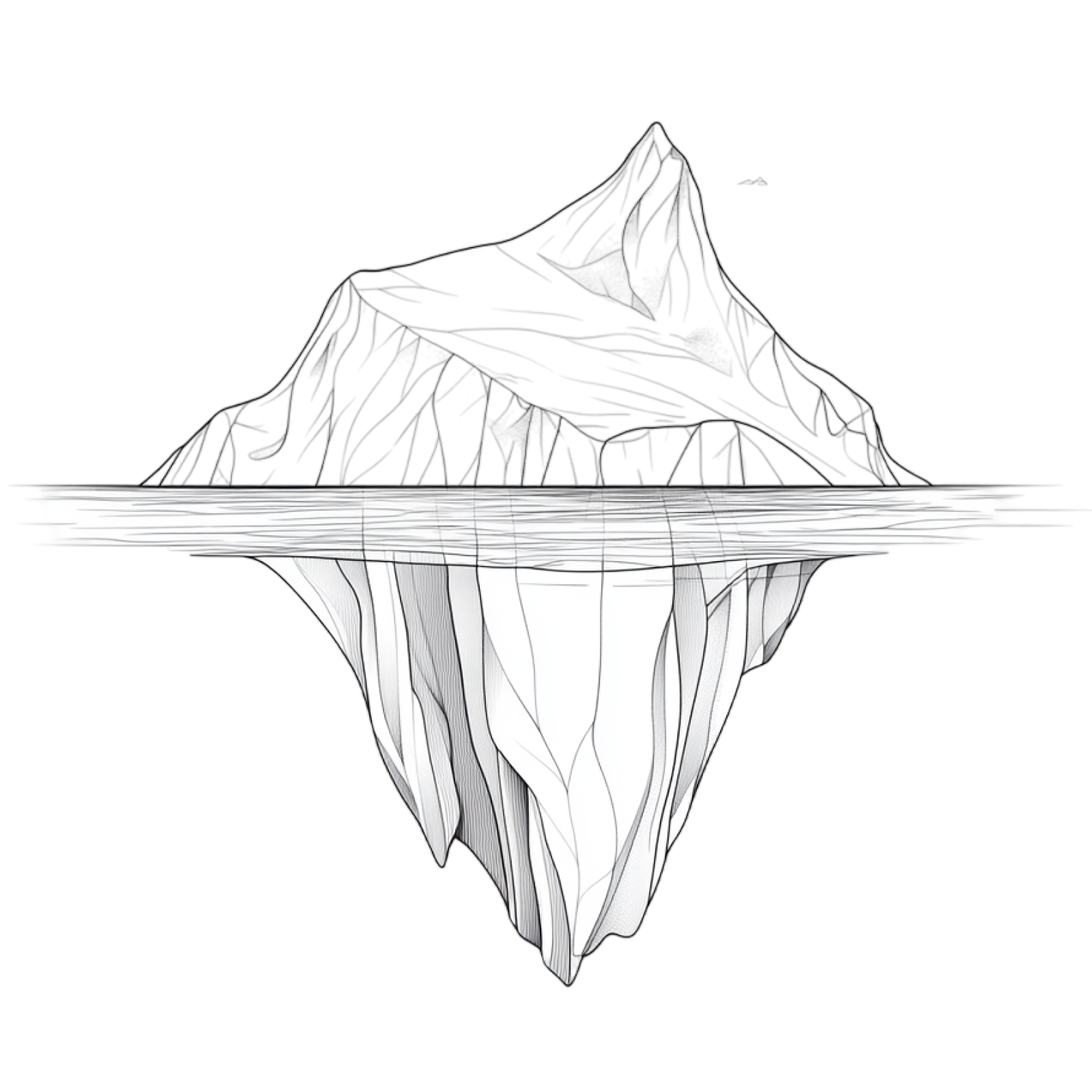
Pippa Spoiler-Free Summary
Get a quick, spoiler-free overview of Pippa that covers the main plot points and key details without revealing any major twists or spoilers. Perfect for those who want to know what to expect before diving in.

More About Pippa
Visit What's After the Movie to explore more about Pippa: box office results, cast and crew info, production details, post-credit scenes, and external links — all in one place for movie fans and researchers.

Similar Movies to Pippa
Discover movies like Pippa that share similar genres, themes, and storytelling elements. Whether you’re drawn to the atmosphere, character arcs, or plot structure, these curated recommendations will help you explore more films you’ll love.
Explore More About Movie Pippa
Pippa (2023) Scene-by-Scene Movie Timeline
Pippa (2023) Movie Characters, Themes & Settings
Pippa (2023) Ending Explained & Theories
Pippa (2023) Spoiler-Free Summary & Key Flow
Movies Like Pippa – Similar Titles You’ll Enjoy
Rangoon (2017) Detailed Story Recap
Gallipoli (1981) Story Summary & Characters
War Pigs (2015) Detailed Story Recap
Paltan (2018) Full Summary & Key Details
Subedar Joginder Singh (2018) Full Movie Breakdown
1971 (2007) Detailed Story Recap
War & Love (2003) Complete Plot Breakdown
Mangal Pandey - The Rising (2005) Film Overview & Timeline
The Forgotten Army (1000) Full Movie Breakdown
Shershaah (2021) Detailed Story Recap
Captain Miller (2024) Complete Plot Breakdown
The Lives of a Bengal Lancer (1935) Spoiler-Packed Plot Recap
Border (1997) Full Movie Breakdown
Gunga Din (1939) Ending Explained & Film Insights
The Drum (1938) Story Summary & Characters



